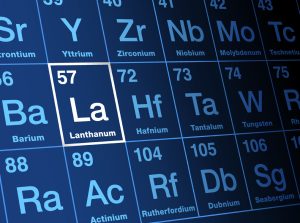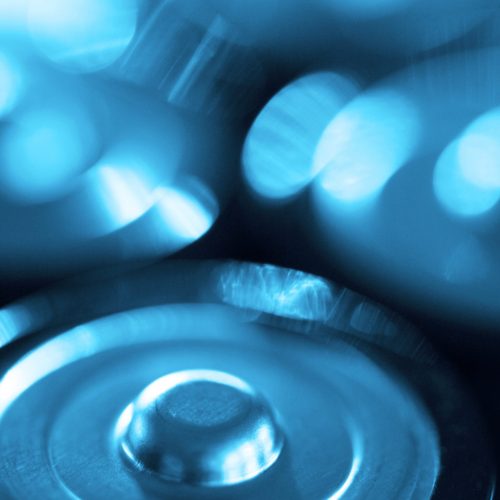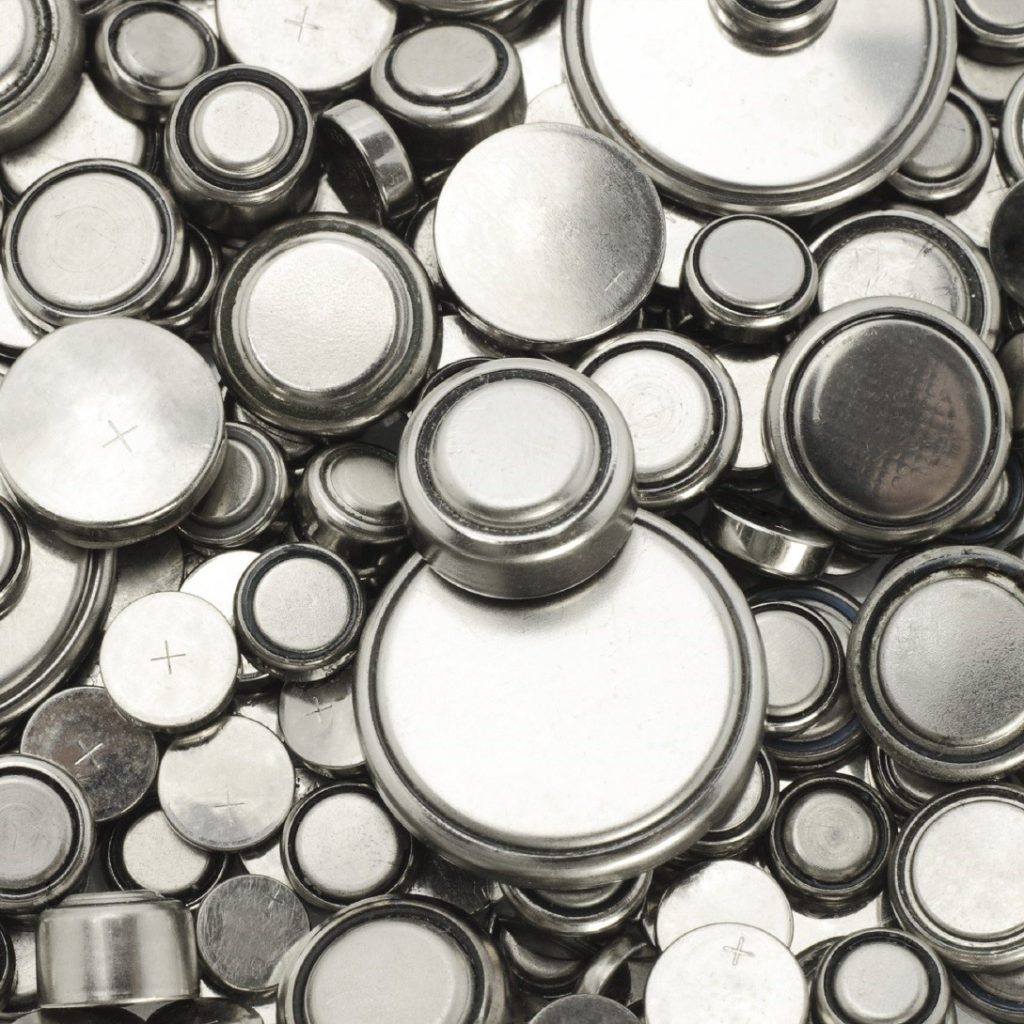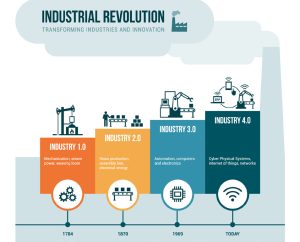
Rare Earth Elements Aren’t So Rare After All
The term ‘rare earth elements’ (REEs) is a misnomer and better refers to the relatively rare ores REEs are extracted from; rare earth elements are all around us!
Home » Cryo-FIB/SEM: Enhancing Precision and Minimizing Damage in Material Analysis
Cryogenic focused ion beam and scanning electron microscopy (cryo-FIB/SEM) is a technique used to reduce damage caused by ion and electron beams. When dealing with soft materials like polymers, biological specimens, battery materials, and others, room-temperature FIB milling and SEM imaging can cause deformation, melting, or amorphization. In cryo-FIB/SEM, the sample is cooled to cryogenic temperatures (-130°C) to prevent these issues. Liquid nitrogen is circulated through the CryoMat cold stage in our ThermoFisher FEI Helios G3 system for cooling. This method allows for precise FIB cross-sectioning and SEM imaging of beam-sensitive materials with minimal damages. Additionally, it facilitates the preparation of cryogenic TEM lamellae for cryo-TEM analysis.
Common applications for this technique include the examination of polymers, lithium battery materials, photoresist, and biological specimens, as well as the analysis of beam/heat-sensitive materials. One of its notable strengths lies in its ability to minimize artifacts associated with focused ion beam (FIB) milling processes, such as heating induced deformation, melting, bubbling, and intermetallic formation. Additionally, it enables the use of higher ion and electron beam currents and energies (operating voltages) in comparison to conventional room-temperature FIB-SEM techniques.


A customer approached us seeking TEM sample preparation for a Lithium-Ion battery. While Lithium (Li) and its compounds are crucial for batteries, conventional room temperature Focused Ion Beam (FIB) processes pose challenges due to Li’s extreme sensitivity to ion beams. Factors such as low density and a low melting temperature make Li susceptible to issues like local heating and gallium (Ga) implantation. To overcome these challenges and enhance Transmission Electron Microscopy (TEM) sample preparation, we employed cryo-FIB techniques.
Cryo-FIB significantly enhanced the process compared to room temperature FIB for Li metal. It suppressed void formations, which in turn effectively minimized or eliminated curtaining seen in room temperature methods. This highlights cryo-FIB’s outstanding ability to mill materials highly sensitive to ion beams.
Using cryo-FIB, we successfully prepared a high quality TEM lamella from the showcased pure Li metal. This lamella was then analyzed in-depth using a cryo-TEM.
We have a diverse range of microscopy tools and services to meet your needs, from process development to failure analysis. Along with providing high-resolution imaging, our unique analytical capabilities make us a valuable partner in research, development, and failure analysis. We specialize in structural and cross-sectional analysis, elemental material analysis, and microanalysis with sub-nanometer spatial resolution.

The term ‘rare earth elements’ (REEs) is a misnomer and better refers to the relatively rare ores REEs are extracted from; rare earth elements are all around us!

High Depth Resolution Analysis will play a very important role in the electronic device industry as devices become smaller and smaller.

Polymeric films used in an outdoor application experienced reduced adhesion over time. The client suspected that UV degradation was occurring.

Low-E Coatings on glass are a high efficiency protection of a glass surface for transparency. These coatings help the glass become energy efficient to allow the sunlight to come in or reflect out.
To enable certain features and improve your experience with us, this site stores cookies on your computer. Please click Continue to provide your authorization and permanently remove this message.
To find out more, please see our privacy policy.